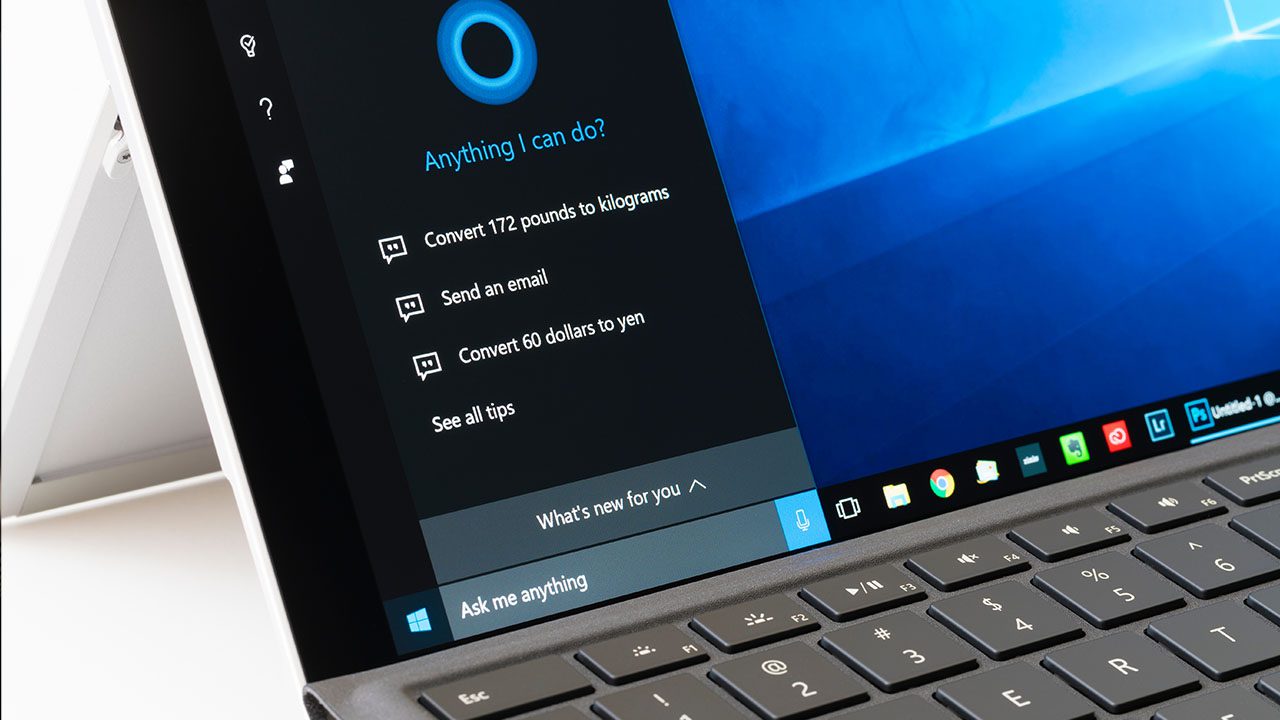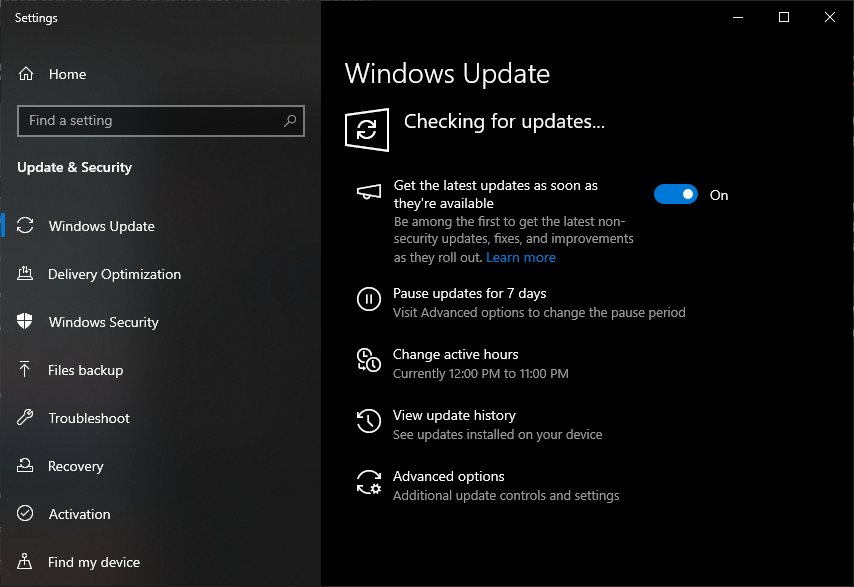Microsoft Reduces Size of Windows 10 Updates for Faster Downloads

Key Takeaways:
- Microsoft is shrinking the size of update packages for Windows 10 version 22H2.
- This change promises faster downloads, minimized network traffic, and better performance on Windows 10 PCs.
- Users will find that recent Windows 10 Cumulative Updates (CUs) have shrunk by 22%, making updating less burdensome and more manageable.
Microsoft has announced its plans to significantly reduce the size of its updates for Windows 10 version 22H2. The company has introduced an improved cumulative update (CU) technology that promises expedited downloads, reduced network congestion, and optimized performance, particularly benefiting users on slower connections.
In 2021, Microsoft detailed its efforts to cut down the size of Windows 11 update by around 40 percent. Specifically, Microsoft no longer includes the reverse-differential bits in Windows 11 cumulative updates. The company found a way to generate these bits only in cases where they are needed. Microsoft also changed the internal structure of the cumulative update to deliver smaller CUs to Windows 11 devices.
Now, Microsoft is bringing the same compression technology to reduce the size of monthly cumulative updates on Windows 10 devices. “Starting April 23, 2024, the LCU will no longer have the reverse differentials. The client will generate the reverse update data. This change will help to reduce the LCU package size by about 20%. This change also offers a few advantages,” Microsoft explained.
Microsoft highlighted notable reductions in the size of its latest cumulative update (LCU) Windows packages. For example, the KB5036892 and KB5036979 updates, released earlier this month, are sized at 830 MB and 650 MB, respectively. This improved cumulative update (CU) technology has resulted in a reduction of approximately 22 percent in the Windows 10 update size.

What are the benefits of smaller Windows 10 updates?
Microsoft noted that distributing large Windows updates consumes significant bandwidth, particularly for customers with limited access to high-speed broadband connections. The new cumulative update enhancements aim to assist both organizations and consumers in conserving bandwidth and reducing network traffic. It should also make it easier for customers to remain up-to-date and secure.
It’s important to note that Windows 10 will reach end of support on October 14, 2025. Microsoft says that organizations that want to keep using the operating system will need to pay to access Windows 10 extended security updates. The Windows 10 ESU program will offer critical or important security patches for a maximum of three years.


